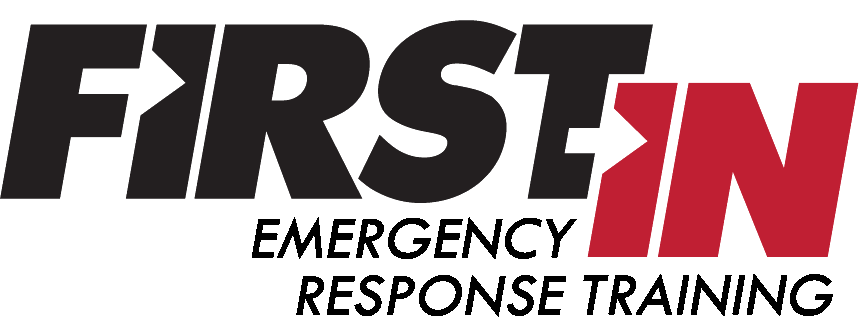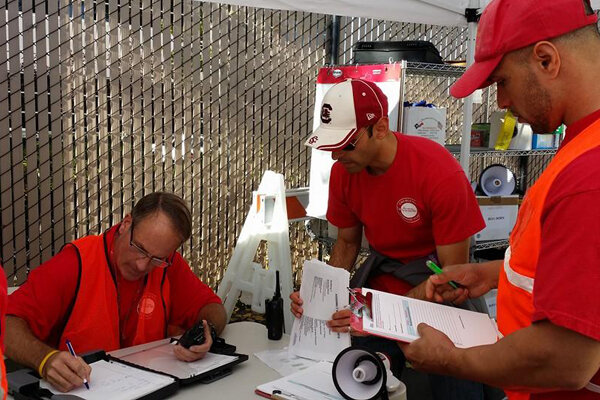
Disaster Preparedness Services
When a natural or manmade disaster strikes, many businesses mistakenly assume that professional responders are on the way.
Every workplace should plan on self-sufficiency for at least 3 days; providing for every employee, contractor, or visitor. Self-sufficiency includes food, water, shelter, sanitation, and care of the injured. First responder resources will be stretched to the limit and response to your workplace may be delayed for days. That’s why you need a complete Emergency Response Plan and staff ready to act.
Triage
Triage is a system used during incidents where there are multiple casualties.
Using triage, first responders can rapidly assess and prioritize patients based on type and level of injury. When resources are limited, triage helps out the greatest number of people who need it the most.
We use “simulated” victims and scenarios so students can practice their triage and treatment skills in a real-time setting.
Patient Packaging & Extraction
Injured or ill patients often need to be moved or transported to a safer location in certain types of emergency incidents such as fires, falls or natural disasters.
We teach your emergency response team to safely and efficiently use of all types of extrication such as stairchairs, spineboards, SKEDS and stretchers. This course also includes instruction on Back Safety and can be combined with Light Search and Rescue Skills training.
Trauma: Advanced Medical
Our course includes wound care and splinting, treatment of burns, monitoring of vital signs, oxygen administration, and patient care reports.
Whether used in everyday emergency or disaster incidents, employees trained in Advanced First Aid can be the first line of defense to an ill or injured employee, contractor or visitor. The sooner they receive care, the better chance of a positive outcome.
Incident Command
The Incident Command system alleviates potential chaos when disaster strikes.
It is an organizational structure that sets predefined priorities, goals, and responsibilities in an emergency. The ICS system, first developed during California wildfire seasons, has been refined and adopted by professional emergency responders (including FEMA) for over 35 years.
We instruct your company’s management and emergency response team so they feel prepared and confident during both small and large-scale events. Depending on your goals, we also offer course work on how ICS can be used in conjunction with your Business Continuity objectives.
Cribbing
During light search and rescue, cribbing is most commonly used to stabilize heavy objects while rescuers attempt to remove trapped or injured patients within the debris of collapsed buildings.
We instruct your emergency response team how to safely apply cribbing during search and rescue operations. This class can be taught independently or added to the Patient Packaging and Extrication or Light Search and Rescue courses.
Light Search & Rescue
We train teams in Urban Search & Rescue Techniques.
In the event of a natural disaster professional responders will be delayed, sometimes for days. Many companies have trained Emergency Response Teams which will conduct Light Search and Rescue operations. Our training includes techniques in safety assessment, search techniques and the use of the Urban Search and Rescue marking system.
Radio Communications
Radio Communications can be a valuable tool during any emergency incident.
Whether through the use of digital or 2 way radios, the ability to communicate quickly and efficiently can significantly reduce the time it takes to relay or receive critical information during an emergency. FIRST IN can provide you and your team the training in how to correctly communicate over a radio channel.







